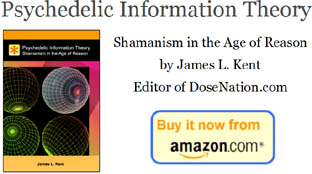Biosynthetic LSD - genetic engineering gets it right
Anyone interested in starting a company? Organic chemist looking for ambitious biochemist and molecular geneticist.
What was the most valuable compound they could make with the toolkit of synthetic biology? Some research came up with a few candidates including a few very sophisticated cancer drugs. But another compound was up there in monetary terms: LSD. The value by weight was astronomical.
Wintermute and his colleagues had a good laugh about that. But the more they looked into it, the more interesting - and viable - the drug looked. Around 20 tonnes of lysergic acid, a precursor of LSD, are made each year and turned into real medicines, such as nicergoline, a treatment for dementia. The drug is purified from big vats of fungus (which make the compound naturally) using technology developed decades ago.
With the tools of synthetic biology, Wintermute thought they might do better. The ergot fungus takes lysergic acid and turns it into a huge variety of exotic molecules. They could mix and match biological pathways from different species of ergot fungus and make potentially new drug molecules. They might even come up with a next generation dementia drug.
Wintermute gave an update on the project last week at the Synthetic Biology 5 conference at Stanford University. As yet he is not making any lysergic acid, but he has dropped two of the six required biological pathways into baker's yeast, which merrily churns out intermediate compounds. At a rough estimate, he expects a litre of modified yeast in broth will produce a gram of lysergic acid. Once made inside the yeast, the drug should pass through the cell walls, where it can be separated out and purified.
|

Recently @ DoseNation
|
|





















The comments posted here do not reflect the views of the owners of this site.